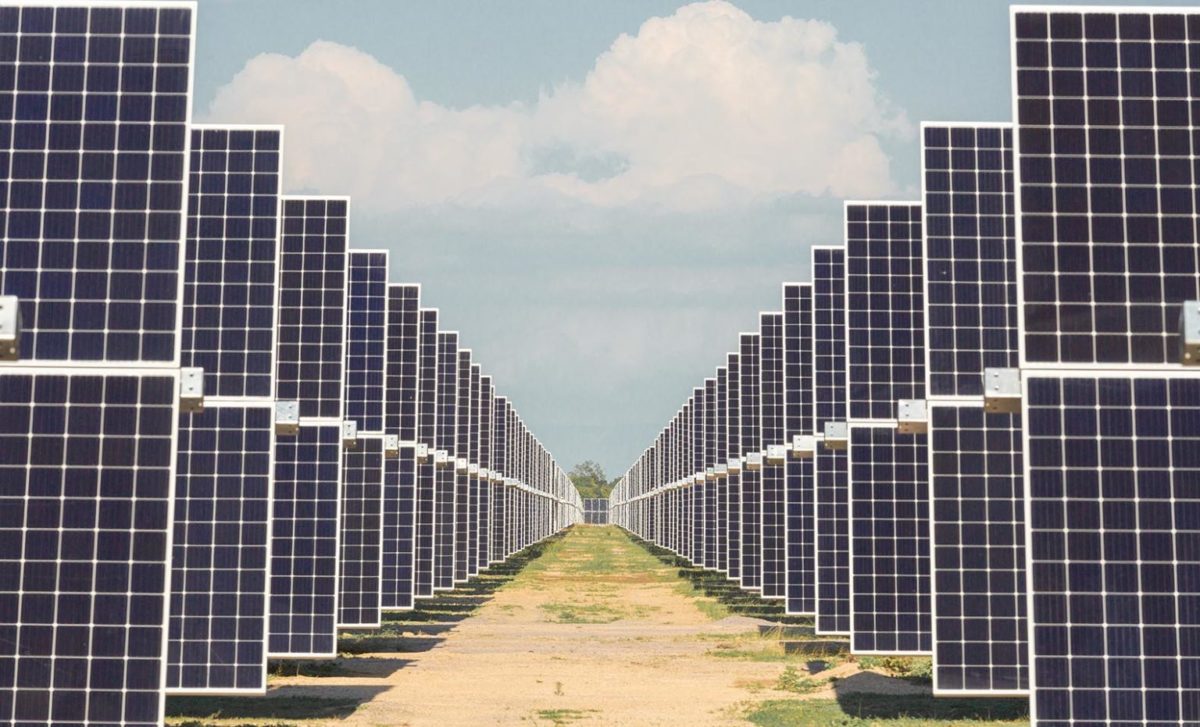TotalEnergies was the largest, global utility-scale solar developer from July 2022 to June 2023, with 41.3 GW of solar in its portfolio of projects, US research firm Mercom said in its “Annual Global Report” published today.
TotalEnergies had 12 GW of solar projects currently operating, with 3.8 GW under construction and 25.5 GW in the pipeline, according to the report. But Mercom said that a “significant share” of TotalEnergies’ operational capacity originated from its 50% stake in Clearway Energy Group, 49% stake in Casa dos Ventos and 20% stake in Adani Green Energy.
Italian renewable energy company Enel Green Power was the second-largest utility-scale solar developer with 9.2 GW in its portfolio. Indian renewable company Adani Green – owned by Indian energy giant Adani Group – trailed in third place with 18.1 GW.
The report ranks international large-scale PV developers and projects based on the operational capacity of projects over 1 MW, spanning projects running now, those under construction and others awarded power purchase agreements (PPA), Mercom said in the press release.
Roughly 191 GW of utility-scale solar was installed in 2022, with the combined capacities of the top 10 developers reaching nearly 145 GW, according to the report. Over half of the top 10 developers were based in Europe, with three in North America and one in Asia.
“Increased urgency” to meet renewable energy targets and meet net zero initiatives resulted in a “significant number of projects” being developed or planned, Mercom said in the report.
Popular content
China installed the most solar capacity out of all countries with 86 GW cumulative capacity – a 62.4% increase from the year prior, the report states. The US installed the second largest amount, 17.6 GW, which is 8.3% down from the year before.
Mercom attributed the US' “module supply uncertainty” to the federal anti-circumvention investigation, which in August determined four Chinese solar module manufacturing companies skirted antidumping and countervailing tariffs by sending products to Cambodia, Malaysia, Thailand and Vietnam for minor processing, the US Department of Commerce said.
The Uyghur Forced Labor Protection Act – an instrument banning the import of products suspected of being made with forced labor in China – also held back installations, Mercom said, adding it expects the Inflation Reduction Act, approved in 2022, will provide the industry a shot in the arm.
India recorded the third-largest amount of installations, clocking in 13 GW in 2022 – a 29% rise from the year before.
This content is protected by copyright and may not be reused. If you want to cooperate with us and would like to reuse some of our content, please contact: editors@pv-magazine.com.


1 comment
By submitting this form you agree to pv magazine using your data for the purposes of publishing your comment.
Your personal data will only be disclosed or otherwise transmitted to third parties for the purposes of spam filtering or if this is necessary for technical maintenance of the website. Any other transfer to third parties will not take place unless this is justified on the basis of applicable data protection regulations or if pv magazine is legally obliged to do so.
You may revoke this consent at any time with effect for the future, in which case your personal data will be deleted immediately. Otherwise, your data will be deleted if pv magazine has processed your request or the purpose of data storage is fulfilled.
Further information on data privacy can be found in our Data Protection Policy.